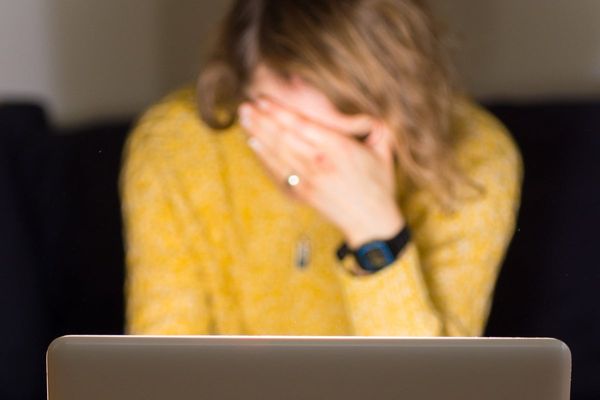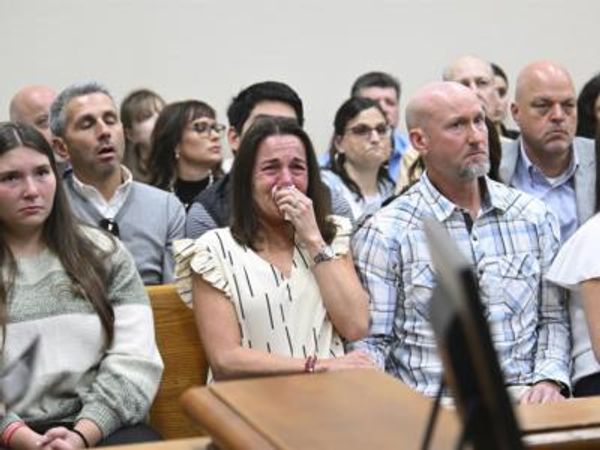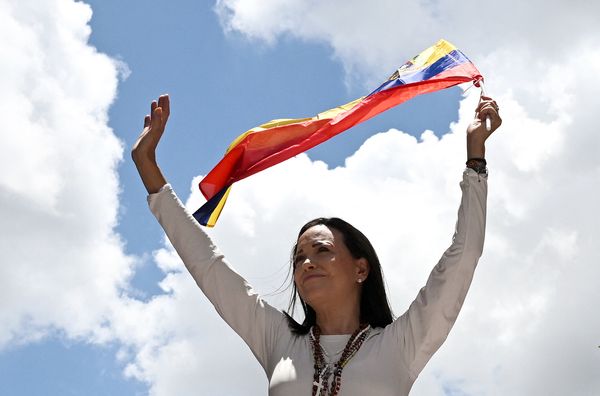The phrase “the Soviet century”, which refers to the hundred years following the Russian revolution of 1917, is generally understood to be about the political sphere – at home and beyond. Quite how that translates into the material world though is best appreciated through a deep dive into the Soviet city.
From Moscow to Magnitogorsk, Soviet urban spaces have long provided crucial insights into the nature of the socialist project and its connections with the wider world.
German historian Karl Schlögel’s 2018 book, Soviet Century: Archaeology of a Lost World, newly translated from the German into English by Rodney Livingstone, shows in painstaking archaeological detail how the socialist project transformed the spaces in which Soviet citizens lived.
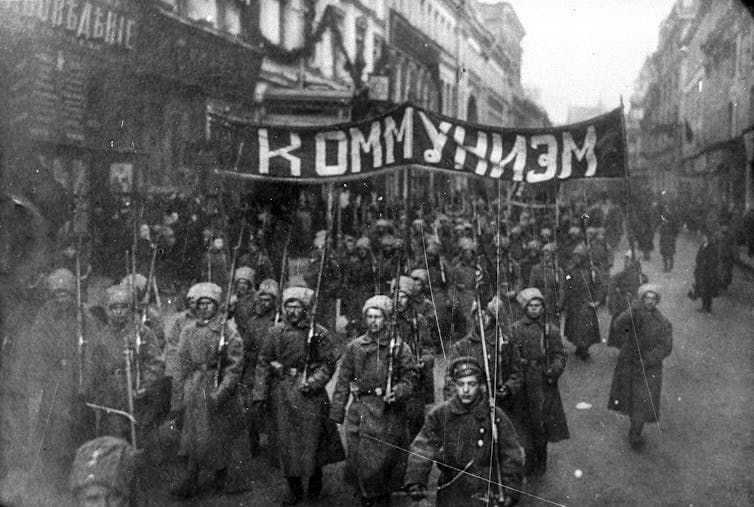
After coming to power in 1917, the Bolsheviks sought to reshape the way people, both local and foreign, engaged with their physical and social environment. The ideological principles of rationality, scientific thought and collective living were forcibly implemented within the urban environment. As Schlögel puts it:
The Soviet Union was not only a political system with a debatable beginning and an end, but a form of life with its own history, maturity, decline and fall. With its practices, values and routines, it shaped the citizens of the nation for many generations to come.
Daily life
The Soviet urban environment shaped daily interactions between the USSR and the outside world – both on an elite and an ordinary level. From the staircases and communal toilets to the athletes’ parades and balletic performances it hosted, the cityscape remains as something to be deciphered. As Schlögel puts it:
The world can be read via the history of things.
Schlögel pays as much attention to the ostentatious elements of Soviet Moscow as he does to the “common things” highlighted by American-Russian cultural theorist Svetlana Boym. He devotes chapters to the queues, communal apartments, toilets and staircases, kitchens and cookbooks, clothing, packaging, rubbish, tattoos, graffiti, day-trip destinations, health resorts and dorm rooms.
During the interwar period, Moscow transformed from a largely commercial town of winding, narrow streets, dotted with churches and merchant villas, into a model socialist capital. The city was to boast new infrastructure, open public spaces for the workers and apartment buildings for the Soviet elite. By 1957, with the construction of the last of Stalinist skyscrapers – known as the Seven Sisters – the city’s new skyline was complete.
This urban metamorphosis was essential to showcasing the Socialist experiment to foreign visitors. Right from the start, journalists, diplomats, intellectuals, anti-colonial activists and professionals came to experience, challenge and participate in the creation of the new state.
The symbolic centre of the Soviet universe
The symbolic centre of the Soviet universe was located at the Red Square. Since 1924, this public space had housed Lenin’s Mausoleum, beneath the long red-brick wall of the Kremlin. Above the mausoleum was a podium from which the Soviet leadership would preside over special events and military parades during state holidays.
Select foreign dignitaries, from General (later President) Dwight Eisenhower to the Cuban leader Fidel Castro, would stand there too. Similarly, laying wreaths at the mausoleum became a customary ritual for Soviet international allies. This confirmed the monument’s function, as Schlögel put it, as “one of the 20th-century’s key pilgrimage sites”.
The area of central Moscow – within walking distance of the Kremlin – housed all key Soviet institutions responsible for foreign policy decision making. These included the headquarters of the International Department of the Central Committee of the Communist Party of the Soviet Union, the Ministry of Foreign Affairs and the villa of the Soviet Solidarity Committee.
As I have shown in my recent book, Cold War Liberation, the cadres who staffed these institutions remained critical to Soviet international allies in Africa.
Joseph Stalin’s death, in 1953, led to greater exchanges with the outside world. Foreigners became more visible in urban spaces.
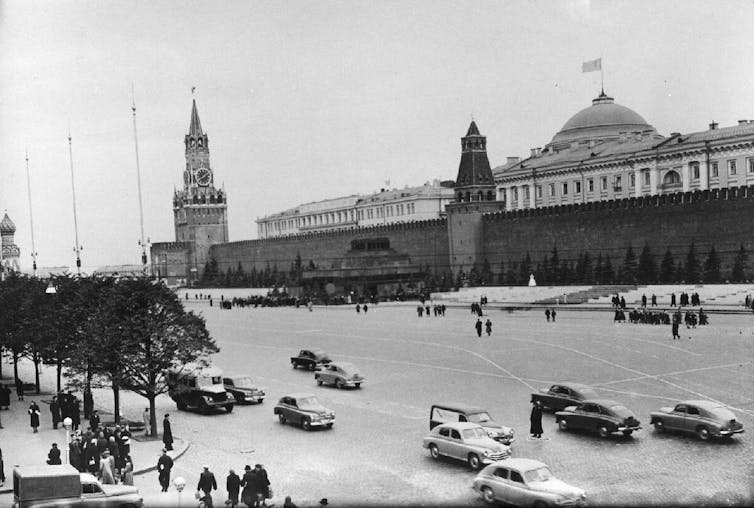
Soviet student life
In contrast to the Soviet citizens, foreigners – particularly from the west – were often separated from the rest of society in spatial and social terms. Schlögel describes how western diplomats and journalists lived in closely supervised “gated communities” such as foreign embassies.
One group of foreigners who had access to the Soviet capital in a way no other foreigners could were international students. The event that marked a new era of openness was the Sixth World Festival of Youth and Students, held in Moscow, in the summer of 1957.
In anticipation of the festival, the city’s tourist infrastructure was upgraded. Moscow’s streets, public parks, hotels and theatres filled up with thousands of foreign and Soviet youths partying, watching performances and making love.
Most foreign students in the USSR received scholarships and (relatively) generous stipends as an expression of “socialist internationalism.” In Moscow and other cities, the Soviet authorities promoted “friendship of the people” in campuses and dormitories, which Schlögel describes as “melting pots”. They also organised educational and cultural events, film screenings and tours to advertise the achievements of socialist modernity.
These students were not confined to the gated communities in which Western diplomats and journalists lived. Instead, they moved relatively freely around the city, to varying degrees of friendship or hostility, on the part of Soviet citizens.
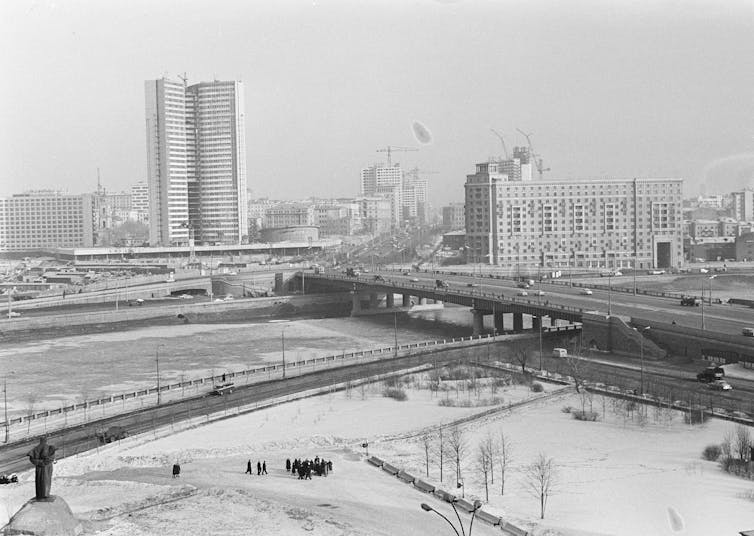
Contemporary Moscow has undergone another major transformation. Since 2010, the area around the Kremlin, in particular, has been scrubbed of all vestiges of the post-Soviet 1990s – from billboards to kiosks – and pedestrian zones expanded. This neoliberal urbanisation has been triggered by several factors, including the global financial crisis, the rise of a local protest movement and elite rivalries.
Just as in Soviet times, though, the underlying motivation is the same. The Russian capital exists to broadcast prestige, to audiences domestic and foreign.
Natalia Telepneva does not work for, consult, own shares in or receive funding from any company or organization that would benefit from this article, and has disclosed no relevant affiliations beyond their academic appointment.
This article was originally published on The Conversation. Read the original article.
